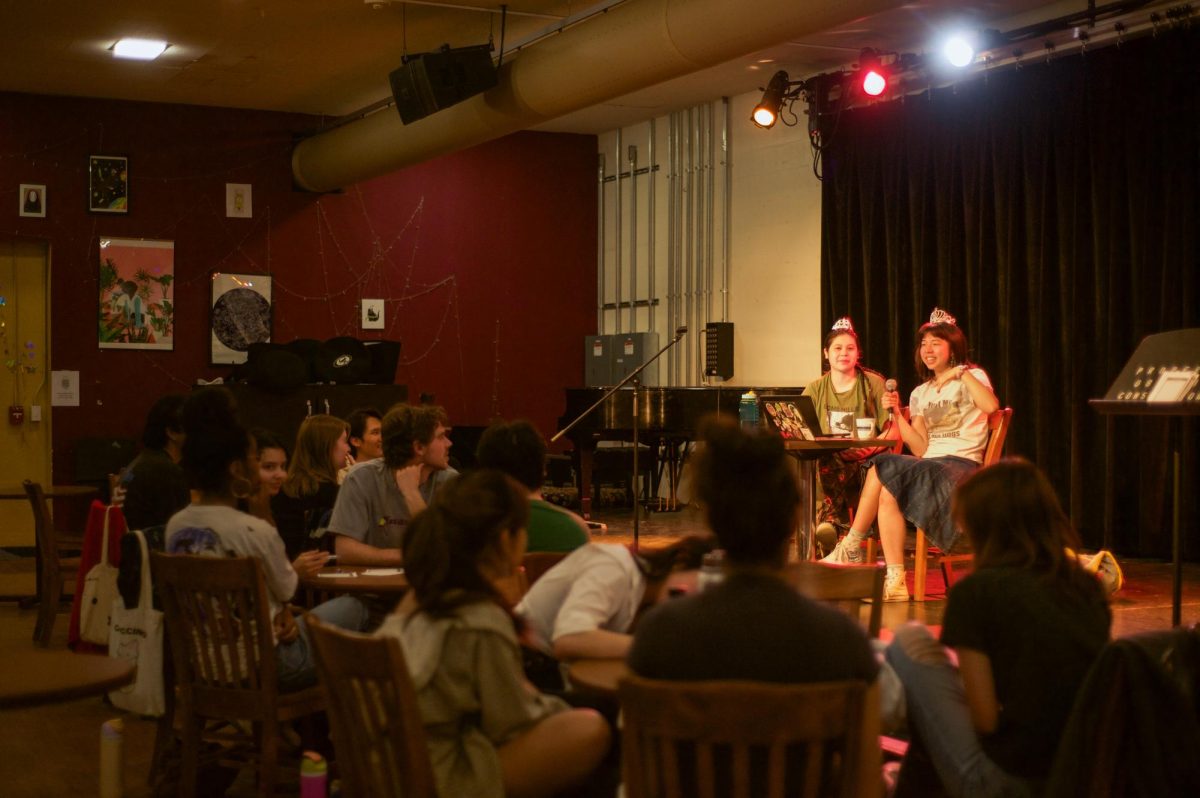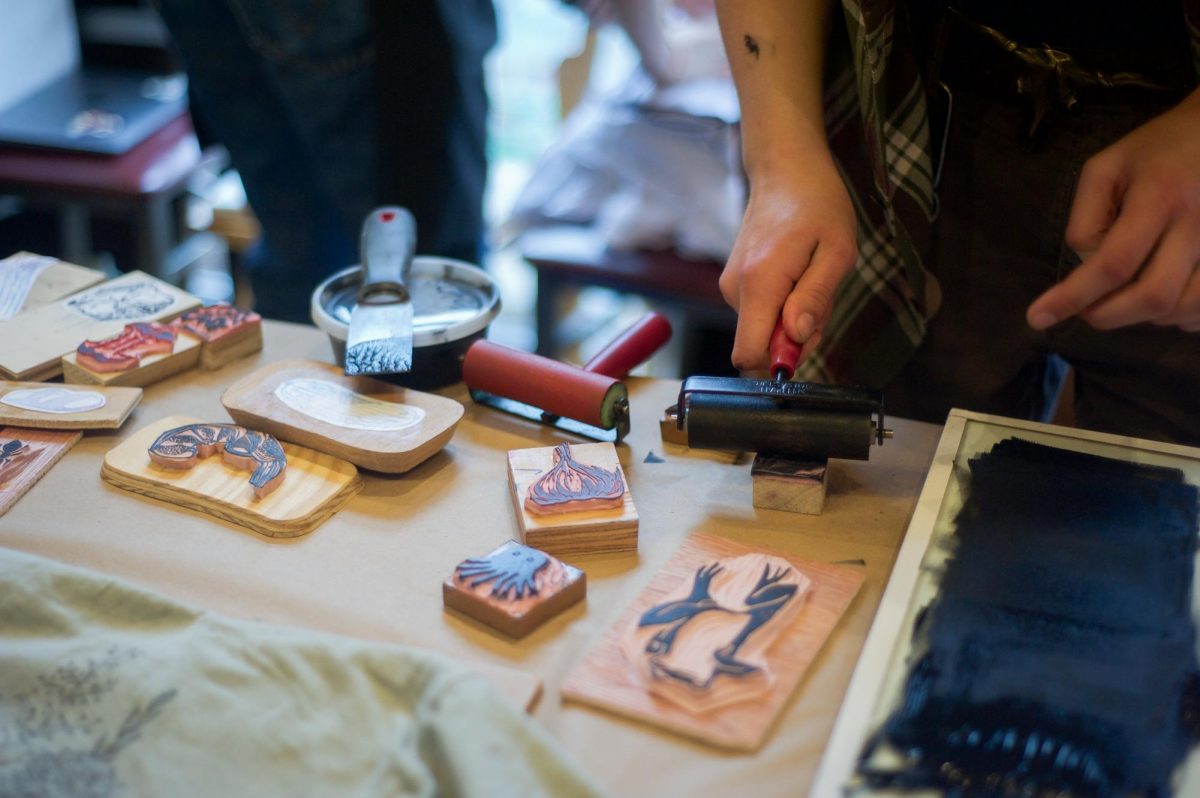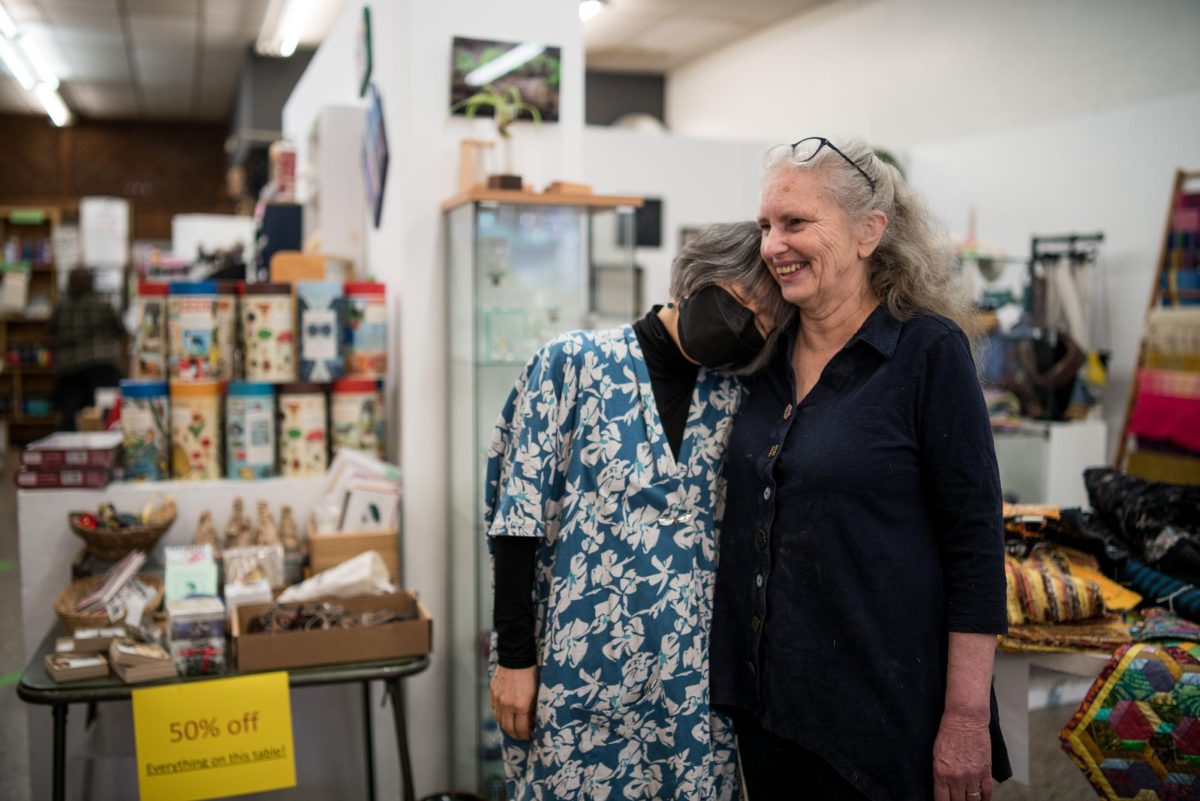The idyllic soprano voice of Sheena Ramirez, OC ’06, breathes life into the words of Holocaust victims and survivors and traces the movement of the traveling exhibit, “Words, Music, Memory: (Re) Presenting Voices of the Holocaust” by Adina Langer, OC ’06. The first floor of Mudd Center will feature this exhibit Friday, Sept. 29, where it will remain until Nov. 18. There will be a joint lecture and concert from Langer and Ramirez Nov. 16 in Kulas Recital Hall.
Finding one another in Dascomb Hall their first year at Oberlin, Langer and Ramirez quickly became friends who would embark on a journey of connection through their seemingly separate, but ultimately connected, areas of interest. Langer’s interests leaned toward creative writing and history, while Ramirez found her passion in performing.
“[The exhibition] began [to take shape] through conversations with my partner in developing this project, Sheena Ramirez, who is my fellow Oberlin alum,” Langer said. “We’ve always connected over poetry.”
Now, as the curator of the Museum of History and Holocaust Education at Kennesaw State University in Georgia, Langer frequently finds herself in discussion with Ramirez about these connections between music, poetry, and curation. In 2020, she introduced the concept of this traveling exhibition, which resulted in the collaboration between her and Ramirez.
“We have a lot of great conversations where she would send me a poem, and we would just talk through ‘Who is this writer? What was their life experience?’” Langer said. “‘What maybe would have caused them to write in this way?’ And then she would take this poetic interpretation and weave it into her performance.”
From the start, this collaboration seemed natural to both of them. At the time, Ramirez was working on her Doctorate in Musical Arts at James Madison University, and another destination for the exhibit came about.
“It occurred to both of us at about the same time that this would be an ideal partnership where I could curate an exhibition, and she could work on her thesis for her Doctor of Musical Arts and expand and do more Holocaust related performance and poetry,” Langer said.
Lori Laitman and Laurence Sherr played an important role in musical composition for Ramirez and with the production of the exhibit itself, respectively. Additionally, Renee Romano, Robert S. Danforth professor of History, professor of Comparative American Studies and Africana Studies, was instrumental in bringing the exhibit to Oberlin.
“This exhibit is about tracing how the writings of Holocaust victims and survivors have lived on and been transformed in other artistic spaces,” Romano said. “So the idea was to bring both the exhibit to campus but also to host the concert on campus.”
While helping to bring this exhibit to Oberlin’s Mudd Center, Romano built the online format of the exhibit into her spring semester 2023 class, Introduction to Public Humanities.
“The fact that people who were experiencing this were still creating artwork, writing poems, and witnessing what they were experiencing — that’s incredibly powerful,” Romano said.
In creating this exhibit, Langer has repackaged the memories of Holocaust victims into a 10-panel sequence that aims to share itself with those who will listen. Among those listeners, Langer believes, will be Oberlin students, faculty, and staff.
“The exhibit, like all of the traveling exhibits that I’ve produced, is intended to serve multiple audiences to play a particular role depending upon where they go,” Langer said.
At Oberlin, both of the creators’ alma mater, the impact should not be overlooked. Langer’s ideas of commemoration as a living process are particularly noteworthy.
“How we honor the experiences of people who witnessed trauma depends so much on our own conscious choice to do so,” Langer said.
In this statement, she pointed out the activeness and affirmative nature of this exhibit. She noted as well that the importance of the exhibit to her is not just in the commemoration of the Holocaust itself, but in the individuals whose lives were changed or taken by the Holocaust.
“For me, this is certainly about Holocaust commemoration, but it’s also about commemoration as something that anyone who is passionate about sharing an important story from the past can do,” Langer said.
By pointing to the individuals of the Holocaust, and even bringing them to life with Ramirez’s voice and the colorful portraits created by JMU students, Langer intends to uplift their voices in a modern format.
“In order to create art, whether that art is musical composition, drama, or visual arts, all of that takes choice and action from people whoW are alive today,” Langer said. “The next stage is a performance. The actor [or] the singer is choosing to take this on and then embody, in this very physical way, the experience of someone from the past. And then, of course, that last piece is all of us choosing to witness, through the art, these lives that were lived in the past.”









